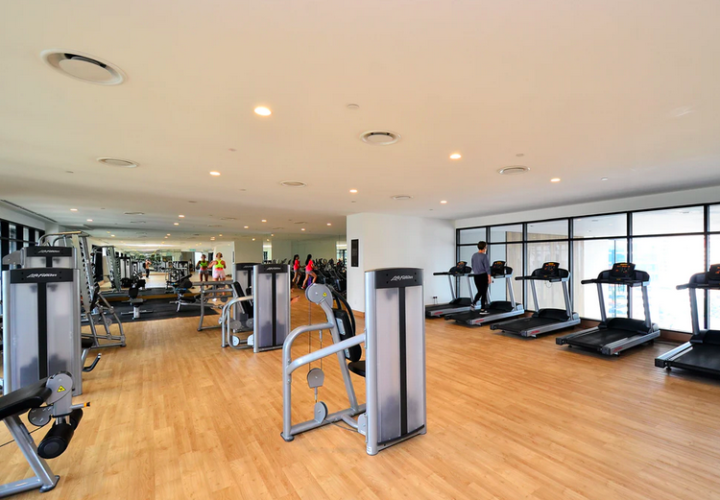Running injuries can be an extremely complicated beast to conquer, and the healthcare field is constantly trying to battle them. New equipment, programs, shoes, and recommendations are constantly being tried to assist, some with phenomenal success and some without. With this kind of injury being so common in the active population, I always love to share good news when we have it!
There is fairly strong evidence that step cadence, that is how many strides you are taking to stay at your current speed, really matters! We have found that in many cases, making small adjustments to your cadence can make a huge difference in pain! So, how do we do this?
What is Cadence?
Well let’s start by getting a good understanding of what your cadence is. Quite simply put, this is the amount of steps you are taking per minute. Think of it as your internal rhythm. This is, surprisingly, different than your running pace, which is how long it takes you to get from point A to point B, our speed.
Within the same speed, let’s say 9 miles an hour, different people run at a different cadences, meaning it takes me a different amount of steps to go the same distance as you, even if we run a the same speed. This has a little to do with a third factor: stride length. If I run with long loping steps, but you run with short fast ones, we can still both run at 9 miles an hour, right? Which we do is often a combination of learned behavior and personal comfort.
What research seems to be showing, however, is that your natural cadence may not always be the one that applies the least stress to your body. We have found that adjusting someone’s cadence but keeping speed the same can actually have a reduction of pain and injury when done correctly! More often than not, for long distance runners we find that this comes with a faster cadence. Meaning they take quicker but shorter steps. It is important to note that this is a common finding, but may not work for you specifically. I usually encourage people to try this first because it is the most common. But you should always feel free to try both directions here. Figure out which, faster or slower rates, improve your particular symptoms!
Addressing Cadence
So how do we actually address cadence? The easiest way for me to do this with a patient is to use a treadmill and a metronome. I ask the patient to start the treadmill and set it up for their comfortable running speed, then match the metronome to their current cadence (one beat for each footfall). Keeping the treadmill at the same speed, I then change the speed on the metronome and ask the patient to try to match it with their feet. With the treadmill keeping speed constant, they can then learn how big their steps should be at this speed, and can use this to practice getting used to it.
If this ends up being more comfortable, I find music that matches the speed of the new cadence (eg Google songs at 108 beats per minute and download them), and ask them to practice running to this music on a treadmill for a bit at this same speed until they can keep that same cadence and step length off the treadmill. This builds the habit up with good reinforcement! Now that we have step size, we can keep running to the music on open ground just being mindful of that step length, and eventually you may even be able to ditch the music if you’d like!
Give it a shot!



